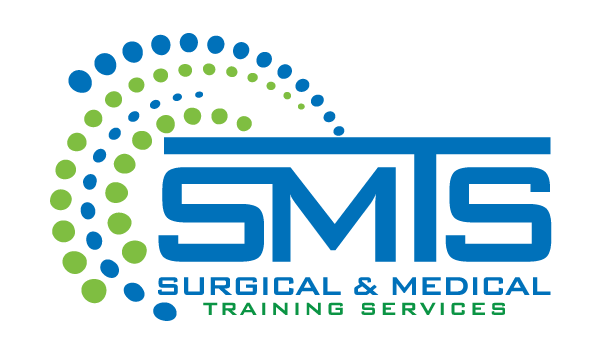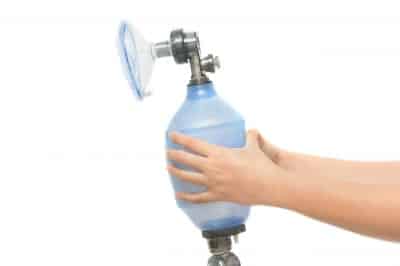CPR has the ability to save lives, so it is important to know what to do in an emergency. Having your employees learn CPR can help everyone in your company stay safer. Keep reading to learn a little more about CPR.
Before Performing CPR
If someone near you goes into cardiac arrest there are a few things you should do before starting CPR.
CPRStart by checking to see if the person is unconscious. Then call 911 and give emergency responders detailed information. If you have someone with you one person should call while the other helps the person in cardiac arrest.
If an AED is available, get it and carefully follow the instructions on the device to give the patient one shock before beginning CPR.
If you have no training, you can still perform hands-only CPR. If you’ve been trained, you should begin normal CPR as quickly as possible
What is Hands-Only CPR?
The American Heart Association recommends performing hands-only CPR if you don’t know how to perform regular CPR. It can still save lives. To perform hands-only CPR, call 911 to get medical help on the way. Then push hard and fast on the center of the person’s chest. The American Heart Association suggests using the song “Stayin’ Alive” to pace yourself. Pushing to the beat of this song is the right speed.
Normal CPR Basics
While hands-only CPR is a good option if there is nothing better, regular CPR is even better. The basics of CPR include chest compressions, checking the airway, and rescue breathing.
If you’ve been trained, put the person on their back on a firm surface and put the heel of your hand in the center of the person’s chest. Then place your other hand on top of that hand and use your whole upper body to press down and compress the chest at least 2 inches.
After 30 chest compressions, check the person’s airway, using the training you’ve received. Listen for normal breathing. If after 5-10 seconds you haven’t heard normal breathing, begin mouth-to-mouth breathing.
CPR can save lives, but it is most effective if you have the proper training. This is especially true if you’re dealing with children since the technique used for children is different than the technique used for adults. SMTS – Surgical & Medical Training Services has facilities and tools to train you and your employees. Contact SMTS – Surgical & Medical Training Services today to learn more about available classes and facilities.
Image courtesy of Praisaeng at FreeDigitalPhotos.net

